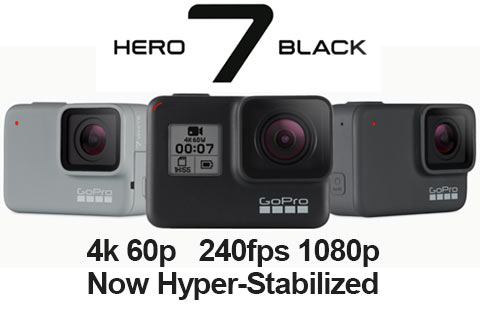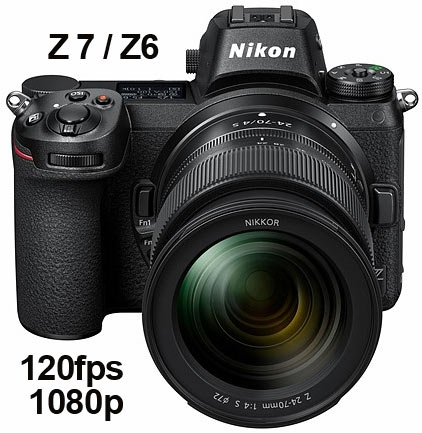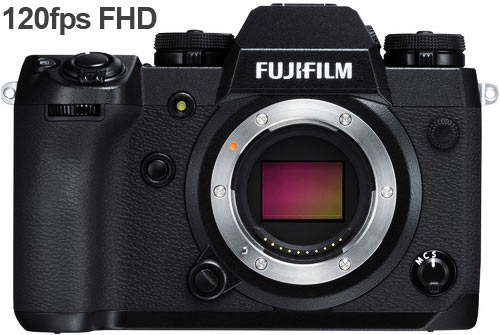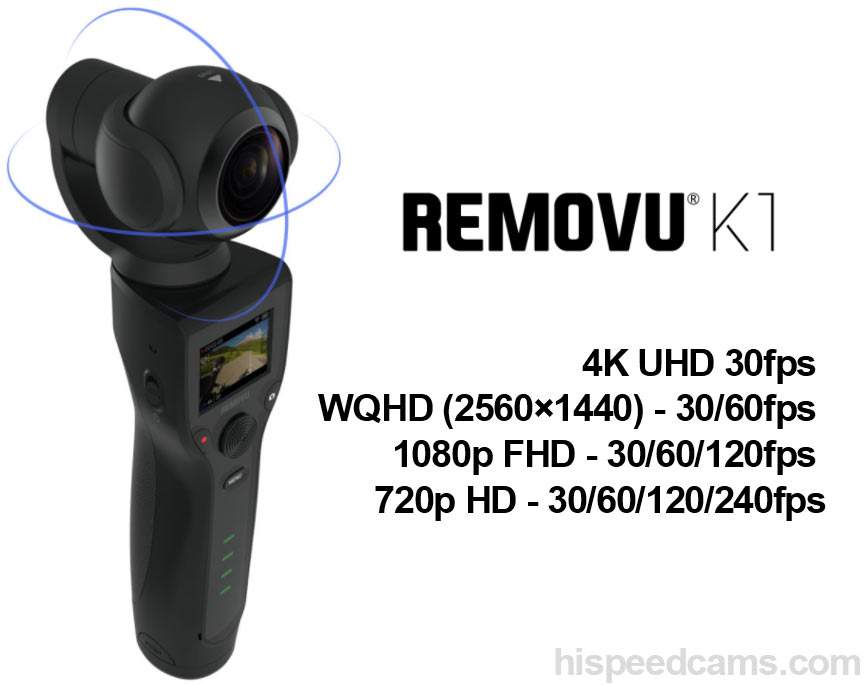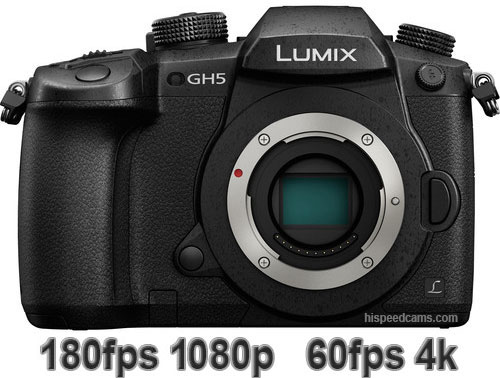The Fuji X-H1 just announced does a lot of things right; It has a 200mbps 4k codec in UHD / DCI, 120fps Full HD which from the initial looks of it looks gorgeous and it finally has the 5-Axis Stabilizer on the sensor 5.5 stops worth that had eluded Fuji cameras for two years now. It even has a new Eterna color profile which makes it easy to color correct without being too flat or too processed.
However, the X-H1 is based on the same 24MP X-Trans APS-C sensor found on the X-T2 which while overall good, it has problems with color moire and fine textures due to the processing on the unconventional RGB pattern which has 4 adjacent green pixels and differs quite a lot from Bayer sensors. See this article from PetaPixel comparing both technologies here. But as far as video mode is concerned it looks to be a good contender to options like the GH5 and Sony 7 series.
Fuji X-H1 Main Specs:
– 5-axis shake correction with up to 5.5 stops
– Electronic front curtain shutter, electronic shutter
– 24.3 MP, X-Trans CMOS III sensor
– X-Processor PRO
– Rugged magnesium alloy body
– EVF is 3.69 million dots, the maximum refresh rate is 100 fps
– 3 inch 1.04 million dot touch type liquid crystal monitor
– Film Simulation ETERNA
– Cinema 4K 24 fps, 4 K 30 fps
– 120 fps slow motion video in full HD
– F-log (can be recorded on F-Log directly to SD card at 4K)
– Video bit rate up to 200 Mbps
– Built-in high-performance microphone
– Improvement of AF algorithm
– ISO 200 – 12800 (ISO100, 25600, 51200 in extension)
– Dual card slot
– Wifi
– size 139.8 x 97.3 x 85.5
– Weight 623 g (including battery included 673 g)
As you can see Fuji has been able to produce an entirely new camera system based mainly on the X-T2 components and still generate a lot of excitement. The new camera is better than the X-T2 in all perceivable ways except size/portability and it has become the default go-to for Fuji enthusiasts.
X-H1: IBIS System Video:
The IBIS system at 5.5 stops looks to be on par with the one present on the Lumix GH5 which is class leading. Fuji has done what they themselves dismissed as impossible on their cameras just a year ago. The IBIS system on an APS-C is not only possible but has been able to match the best out there. Good on Fujifilm for this engineering triumph.
X-H1: Steve Christo x Gymnastics -Proud of- by FUJIFILMglobal:
As you can already tell from the Gymnastics video above, the camera seems to struggle in low light video, this is not only in the footage above but can be seen in most promotional material as well as early reviews. The NR in camera seems to be either too low or not adequate enough to compete even with smaller sensor 4/3 cameras like the GH5s. Youtube compression aside the presence of artifacts in low light scenes is concerning.
Fuji X-H1 Slow Motion Performance:
Based on the samples below the camera can do very good 120fps Full HD slow motion but it suffers from severe moire and aliasing that is visible in most shots. Be it the X-Trans sensor pattern or processing from a less than optimal sensor down-sample, the X-H1 is not going to be competitive with the GH5, G9, GH5s, a7r III, a9 and even the discontinued Samsung NX1. Noise also seems to be a problem in slow motion settings generating ample amounts of shadow artifacts.
Fujifilm X-H1 120p slow-motion footage by Digital Camera World: → Continue Reading Full Post ←


